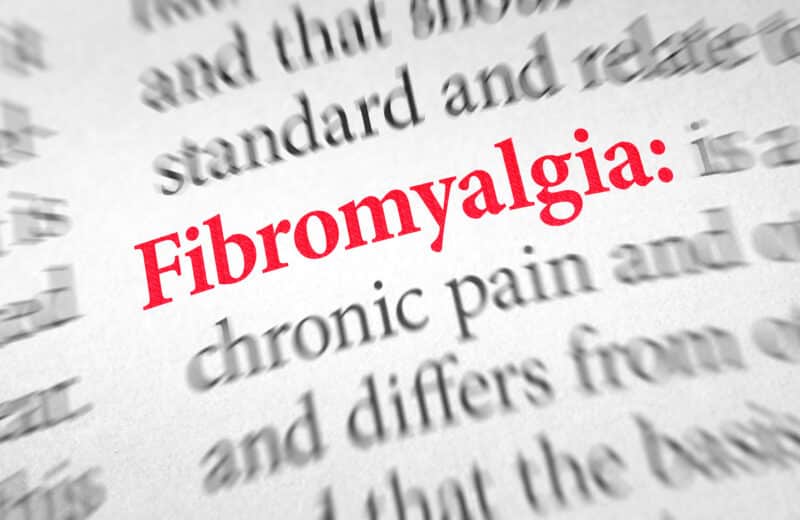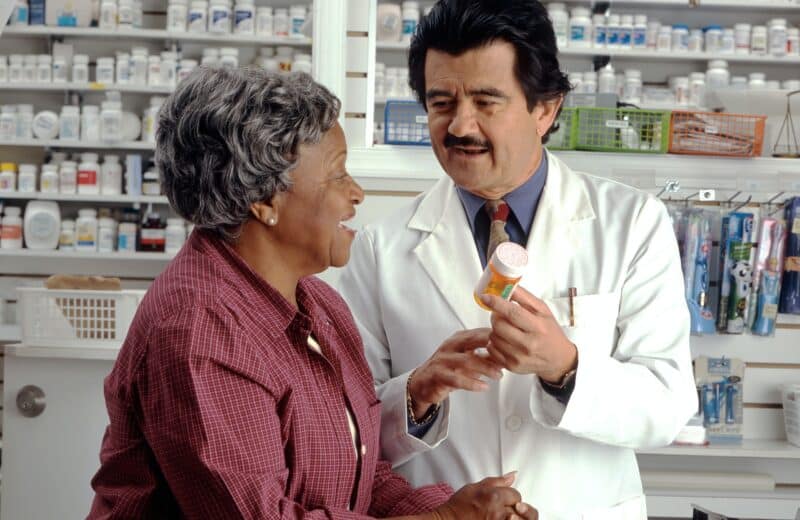Source: University of North Carolina School of Medicine
Advanced cancer patients receive aggressive care at high rates at the end of life
In the last month of their lives, younger cancer patients continued to be hospitalized and receive other aggressive treatment at high rates, a University of North Carolina Lineberger Comprehensive Cancer Center-led study found.
A national health claims analysis of cancer patients who were younger than age 65 and had metastatic disease revealed that nearly two-thirds were admitted to the hospital or visited the emergency room in the last 30 days of their lives. The researchers said nearly a third of patients died in the hospital.
The preliminary findings (LBA 10033), presented June 6, at the 2016 American Society of Clinical Oncology Annual Meeting in Chicago, raises concerns for clinicians and researchers that there is substantial overuse of aggressive care for patients with incurable cancers, even after ASCO issued recommendations in 2012 encouraging physicians to reduce aggressive end-of-life care.
“Cancer treatments have side effects, and as patients get closer to the end of life, aggressive treatments can also be less effective,” said study co-author Aaron Falchook, M.D., a resident in the UNC School of Medicine Department of Radiation Oncology. “In essence what we’re doing is we’re giving patients side effects without giving them the benefits of the treatment, and that’s really the fundamental problem with aggressive care at the very end of life.”
For the study, researchers analyzed claims data from the HealthCore Integrated Research Database for 28,731 patients from around the country under age 65 and with metastatic lung, colorectal, breast, pancreatic or prostate cancer. They looked for how often patients within the last 30 days of their lives received chemotherapy, radiation, an invasive procedure, went to the emergency room or were admitted to the hospital, or received intensive care; or died in the hospital.
Across the five types of cancers examined, the rates of patients receiving one or more forms of aggressive care in their last 30 days of life ranged from 71 percent to 76 percent.
Looking at chemotherapy alone, they found that rates ranged from 24 percent of prostate cancer patients receiving chemotherapy in their last 30 days to 33 percent of patients with breast cancer. Rates of hospital admission or emergency room visits were some of the highest, with 62 percent of colorectal cancer patients and 65 percent of lung cancer getting hospitalized or visiting an emergency room.
“Overuse of aggressive care at the very end of life for a cancer patient can translate to increased burden on patients and their families,” Falchook said. “If these treatments are making patients sick, and if patients continue to go to the hospital, this can reduce their ability to really spend time with their loved ones at the end of life, and to get the most time out of the life that they do have left.”
And while Falchook said some treatments can be not only recommended, but beneficial to patients at the end of their lives to help ease suffering or pain, it’s important to be thoughtful about delivery. For example, researchers said radiation therapy can be used to reduce pain.
“The goal shouldn’t be that there should be 0 percent of patients getting radiation in the last 30 days of life, or chemotherapy, or any of these treatments,” Falchook said. “There is some degree of what we’d call ‘appropriate care’ at the end of life. The goal is not zero, but finding that three-fourths of patients continued to receive aggressive care was surprising.”
Ronald C. Chen, M.D., M.P.H., a UNC Lineberger member and associate professor in the UNC School of Medicine Department of Radiation Oncology and the study’s first author, said that physicians should be having earlier discussions with their patients about palliative care, which is treatment that focuses on relieving pain or other symptoms. Palliative care focuses on maximizing a patient’s quality of life.
“Is it hard to assess when somebody has only a month to live? Maybe,” Chen said. “But palliative care discussions, and hospice enrollment, should happen much earlier than a patient’s last month of life.”
Researchers also found that rates of aggressive care did not decline after the release of ASCO’s 2012 “Top Five” recommendations in 2012. The recommendations advised against using treatments to stop, slow or eliminate cancer for patients with solid tumors for whom there is not strong evidence for the treatment’s clinical value. Instead, ASCO recommended using palliative care or supportive care. The recommendations were issued as part of the Board of Internal Medicine’s “Choosing Wisely” campaign.
“What this study shows is that recommendations by themselves may not be enough to change practice,” Chen said. “Along with published recommendations, more interventions targeted toward physician and patient education may be necessary to get actual changes in practice.”
Related to their finding of high rates of aggressive care at the end of life, the investigators also found that only 15 percent to 19 percent of patients received hospice services.
“Studies have shown that hospice can help patients preserve their quality of life at the end of life,” Chen said. “We think there’s too much aggressive care, and it might relate to the fact that too few of these patients are enrolled in hospice. It’s not clear which phenomenon is causing the other, but I think these are complementary findings.”
Chen said there were limitations of the study including the fact that they could not determine the intent of the treatment delivered in their study of aggressive care. More research is needed to identify drivers of the use of aggressive care.
(In addition to Chen and Falchook, other co-authors include: F. Tian, R. Basak, L.C. Hanson, N. Selvam, and Stacie B. Dusetzina. The study was funded by the North Carolina Translational and Clinical Sciences Institute and the UNC School of Medicine Department of Radiation Oncology.)
(A Wellness Update is a magazine devoted to up-to-the minute information on health issues from physicians, major hospitals and clinics, universities and health care agencies across the U.S. Online at www.awellnessupdate.com.)













